An important part of the performance and safety assessment of disposal systems for radioactive waste and spent nuclear fuel in deep geological formations is to evaluate the impact on repository performance of the coupled effects of mechanical deformation, fluid and gas flow through the repository, and thermal loading from the decaying waste. It was recognized early on in such assessment that to be able to conduct such an evaluation, there was a need to enhance the theoretical background and to develop models capable of simulating coupled thermo-hydro-mechanical (THM) processes. More recently, chemical (C) processes have also been added to enable the study of fully coupled THMC processes in geosystems. The term "coupled processes" implies that each process potentially affects the initiation and progress of all other processes. Thus, the response of a rock mass to radioactive waste storage cannot be predicted with confidence by considering each process individually or in direct succession. In the field of rock mechanics and rock engineering, many studies have been made on binary couplings TM and HM, but for the repository performance problem, it is essential to study and be able to predict processes with THM coupling, and even full THMC coupling. Such coupling is still a major challenge to the science and engineering community, in part because relevant effects need to be better understood and described with constitutive relations, but also since the processes have widely different characteristic temporal and spatial scales.

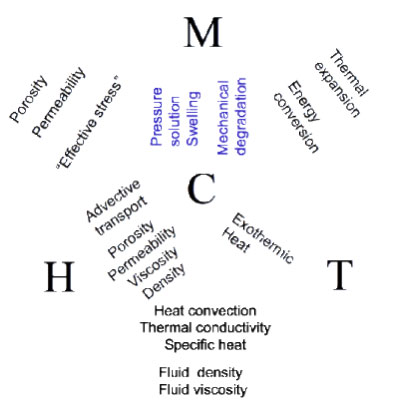
In 1992, recognizing the need to address the modeling challenges related to coupled THM and THMC processes, DECOVALEX was initiated as an international cooperative project of nuclear waste organizations, including both implementers and regulators, and associated research and modeling teams. Since then, the project has been operating in several four-year phases, each phase featuring a small number (typically three to six) modeling challenges of importance to radioactive waste disposal, together covering a large number of theoretical, numerical, laboratory and field studies. With seven successfully concluded project phases between 1992 and 2019, DECOVALEX-2023 is the current project phase running from 2020 through 2023. As the project has made significant advances in modeling THM and THMC processes over the past two decades, its main objectives have not changed:
One of the most important characteristics of DECOVALEX is the emphasis on frequent interaction between teams and on a cooperative supportive environment. Project workshops are held about twice per year, and task-specific discussions may be held in between. At the workshops, in-depth discussions and exchanges of information and scientific knowledge are made on the different scientific disciplines and alternative approaches. Through comparisons of results from the research teams, much insight has been gained, not only on the effects of coupled processes, but also on the strengths, weaknesses, and adequacies of the various approaches and computer codes. It is also an excellent way for all the participants to learn from each other and collaborate to address issues of common interest.
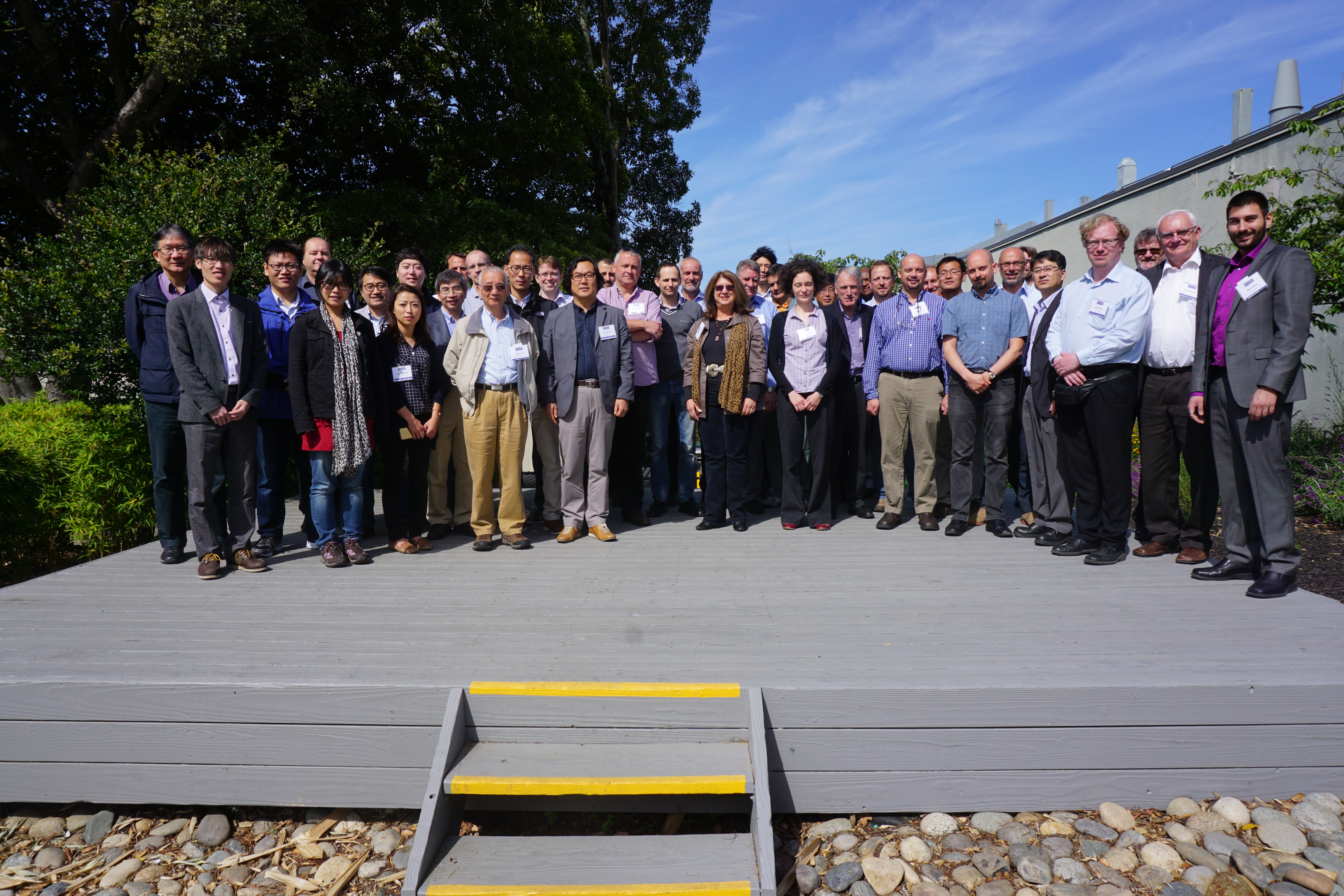
At the start of the project in 1992, it was decided to study a number of benchmark tests (BMT) and test cases (TC) of importance to radioactive waste disposal. This strategy has been followed throughout the duration of the project. The BMTs investigate hypothetical problems in the behavior of individual or coupled THM and THMC processes, and analyze the extrapolations of results over the large temporal and spatial scales of interest to repository performance. The TCs are actual laboratory and field experiments studied and modeled to advance our understanding of the THM and THMC processes. In this case, numerical modeling can assist both to interpret the test results and to test the models used. A number of large-scale, multiyear field experiments have been studied within the project [e.g. the Kamaishi T-H-M Experiment, FEBEX, and the Yucca Mountain drift scale heater test (DST)].
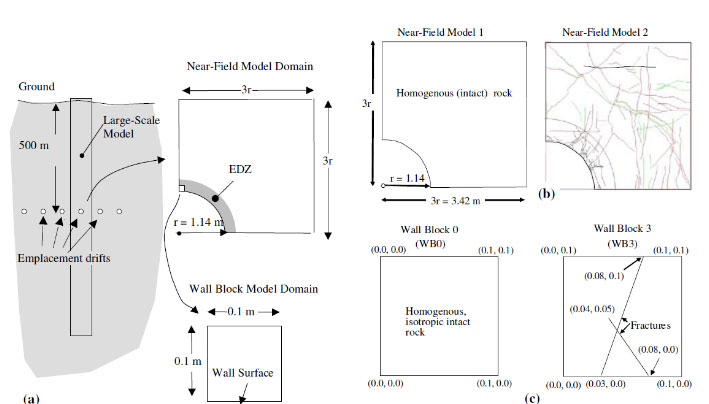
BMTs and TCs are collectively studied and modeled by DECOVALEX participants. As modeling teams provide their individual results for the same modeling challenge, comparative assessment can assist both to interpret the test results and to test the simulation models used. While code verification and benchmarking efforts have been undertaken elsewhere to test simulation codes, the model comparison conducted within the DECOVALEX framework is different because (a) the modeling tasks are often actual laboratory and field experiments, and (b) DECOVALEX engages model comparison in a broad and comprehensive sense, including the modelers’ choice of interpretation experimental data, boundary conditions, rock and fluid properties, etc., in addition to their choice of coupling schemes and simulator. Based on the results from these studies, new model capability developments may be undertaken and new experiments be proposed to support model development and to advance the state of mathematical modeling for coupled processes in fractured rocks and buffer materials.
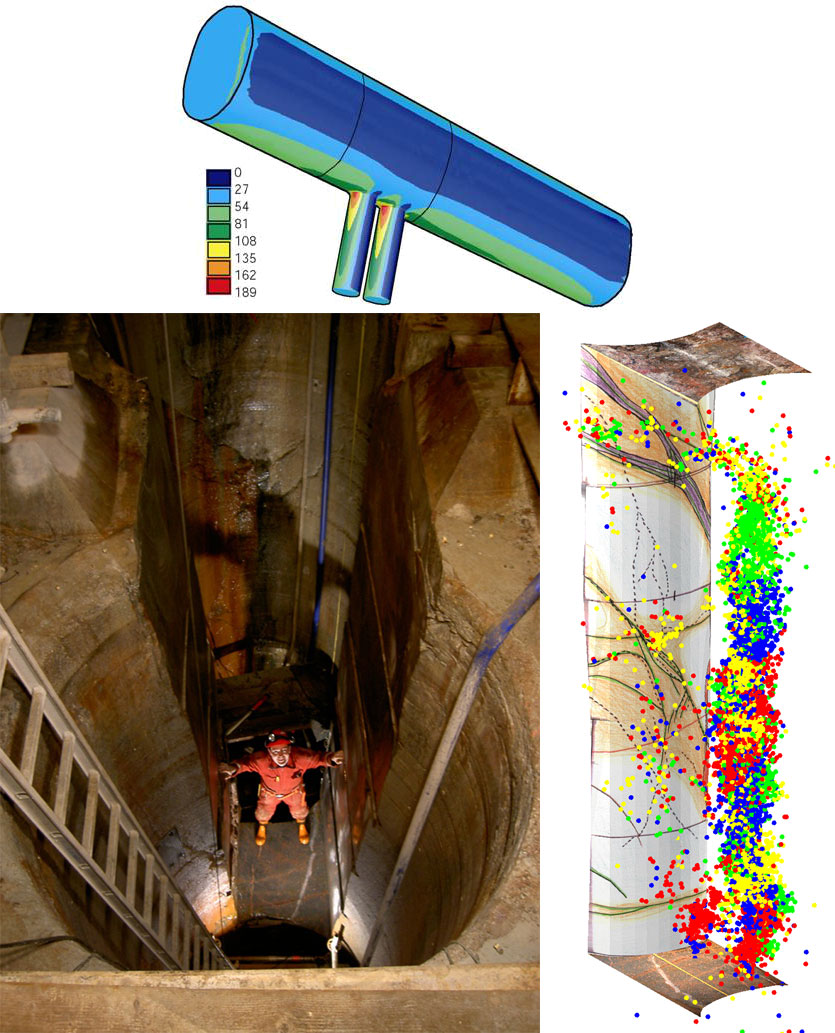
The organization for the DECOVALEX project is set up as shown below. The project consists of a number of nuclear waste management organizations and regulatory authorities, who jointly support the project (for a given project phase) and provide funding to their own research teams working on the problems defined in the project. Representatives from the funding organizations form a Steering Committee to direct all project activities. The Steering Committee is assisted by a managing participant for managing the project economy, and a Secretariat provided by Quintessa Ltd, UK, for all administrative and technical matters. The current funding organizations in DECOVALEX-2023 are:
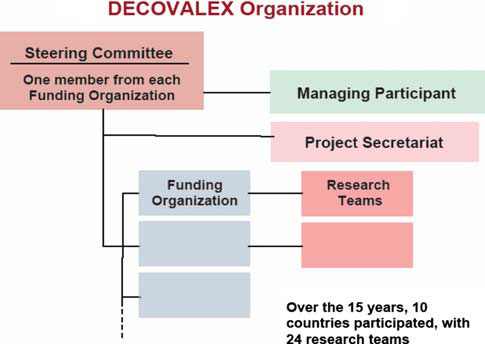
The +20-year “young” DECOVALEX project has played, and continues to play, a key role in the development of the coupled THM, and recently THMC, models of geosystems and their applications to deep geological disposal of radioactive waste and spent nuclear fuel. New and sophisticated coupled THM(C) models and computing tools have been developed to study the near- and far-field behaviors of potential nuclear waste repositories under various scenarios, including understanding geosphere responses to glaciation and permafrost. A framework of integrated laboratory/in situ experiments and BMT problems with numerical modeling has been developed, with intensive interactions among research teams of different disciplines and modeling approaches, and applied successfully to large-scale coupled process field tests conducted in Canada, Europe, Japan and the United States. Also, many doctoral theses were completed in the course of this project. Related model results and comparisons have been published in multiple journal contributions, book chapters, and progress reports.
The results of these efforts have been of major benefit to the advancement of knowledge on waste disposal and sub-surface engineering in general, and to funding organizations of the DECOVALEX project in particular. The research teams have been able to share data and results from very expensive long-term and large-scale field experiments, generate new ideas and concepts, raise technical issues in joint communications, and perform critical reviews of each other’s work. The insight obtained in such integrated, cooperative efforts would have been impossible if the teams had worked independently. Currently in its eith project phase, named DECOVALEX-2023, the project is still going strong, with several funding organizations and modeling teams working on several relevant modeling challenges.